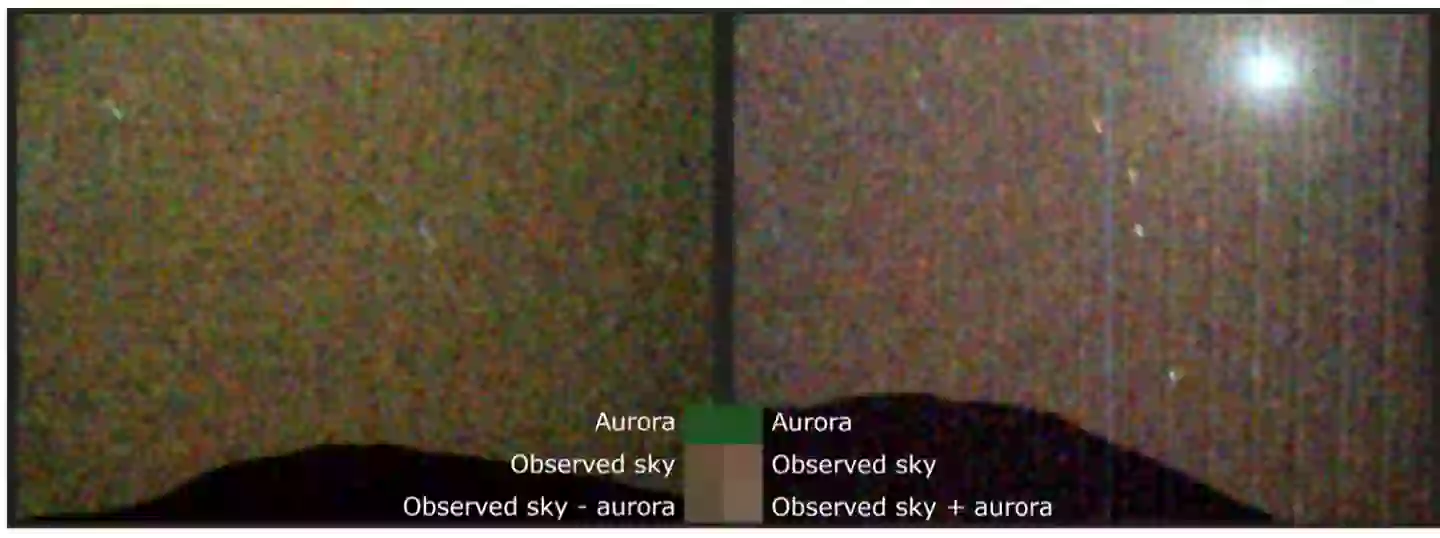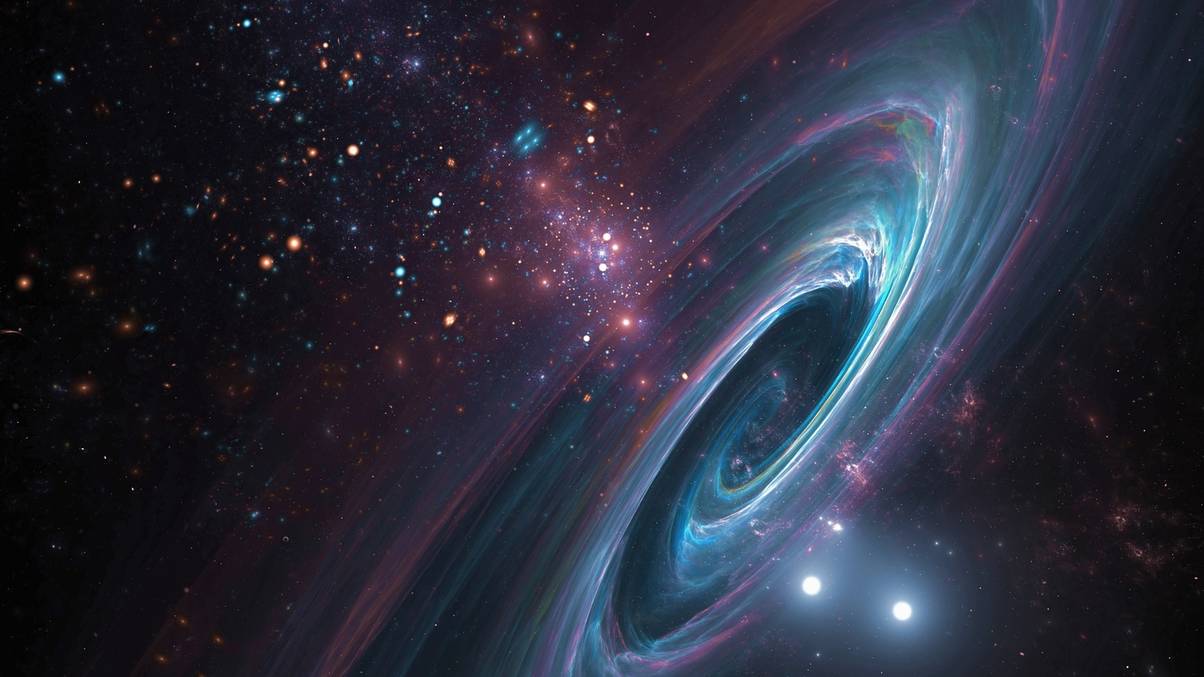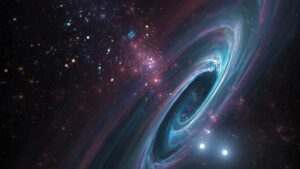NASA’s Mars Rover Unveils Stunning ‘Northern Lights’—A Cosmic Phenomenon Never Seen Beyond Earth Before
If you think trekking through the Arctic tundra just to catch those mesmerizing Northern Lights is the pinnacle of cosmic showmanship, hold onto your space helmets. Believe it or not, the Red Planet itself is putting on a light show that’s eerily familiar — Martian auroras. NASA’s Perseverance rover has just made headlines by snapping the first ever visible-light aurora from Mars’s rusty surface. Yep, the same kind of greenish glow that turns our polar skies into a painter’s palette has been spotted way out there, flickering above Jezero Crater. For all those who thought such spectacles were Earth’s exclusive party trick, Mars is now crashing the scene with a celestial glow powered by atomic oxygen — previously only a theoretical whisper in scientific circles. So, next time you’re marveling at the Northern Lights, ask yourself: could our cosmic neighbors be showing off too? This discovery not only rewrites the Martian playbook but also heralds a future where astronauts might enjoy a light show fit for interplanetary tourists. Curious how the solar system’s fireworks lineup just got a new act? LEARN MORE
People travel from all over the globe to catch a glimpse of the Northern Lights. But it seems you can also get a glimpse of a similar natural display while on Mars.
NASA has made history in space as its Perseverance Mars rover has captured an aurora from the surface of the red planet, the first time this phenomenon has been detected there.
The rover was able to capture a green glow with its SuperCam spectrometer and Mastcam-Z. This emission, which resembles our planet’s auroras, had never been confirmed on Mars through visible light until March last year.
The green aurora spotted on Mars came from a 557.7-nanometer emission (light which falls into the electromagnetic spectrum) line linked to atomic oxygen. Scientists expected this to occur in Mars’ upper atmosphere but hadn’t seen it before.

NASA’s Perseverance Mars rover opens up new possibilities for auroral research (NASA/JPL-Caltech/MSSS/Seán Doran)
Earlier auroras on Mars were only detected from orbit and in ultraviolet light.
The discovery – which has recently been published in Science Advances – came after scientists were alerted by a solar event forecast. Researchers from NASA, ESA, and various universities were monitoring an active region on the Sun.
On 15 March, 2024, a C4.9-class solar flare released a coronal mass ejection (bursts of plasma and magnetic field from the Sun) travelling at over 1,100 km/s (683 mi/s).
Three days later, the CME reached Mars, sending energetic particles into the atmosphere and producing auroras on the nightside of the planet.
The aurora was detected at Jezero Crater, where Perseverance is stationed, and the SuperCam recorded the spectral signal at 06:46 UTC.
Mastcam-Z later captured images of a faint green-yellow glow that grew stronger at higher angles.
According to The Watchers, just one emission line was detected during this time, with models indicating that stronger solar storms or clearer atmospheric conditions could result in brighter emissions.

Stronger solar storms could lead to brighter auroras (NASA/JPL-Caltech/ASU/MSSS/SSI)
The researchers reviewed past data and conducted a follow-up observation to confirm that the glow was actually an aurora, as neither showed the same spectral signal.
These findings suggest that visible auroras on Mars might be more common than previously thought, which could, of course, lead to more being recorded on the planet.
This new discovery has opened up the doors to future missions on Mars, to help determine whether special cameras, designed for this purpose, could be used to research further into auroras there.
Elise Knutsen, a postdoctoral researcher at the University of Oslo and lead author of the study, said: “This exciting discovery opens up new possibilities for auroral research and confirms that auroras could be visible to future astronauts on the surface of Mars.”
Meanwhile, Katie Stack Morgan, acting project scientist for Perseverance at NASA’s Jet Propulsion Laboratory, added: “Perseverance’s observations of the visible-light aurora confirm a new way to study these phenomena that’s complementary to what we can observe with our Mars orbiters.
“A better understanding of auroras and the conditions around Mars that lead to their formation are especially important as we prepare to send human explorers there safely.”


















